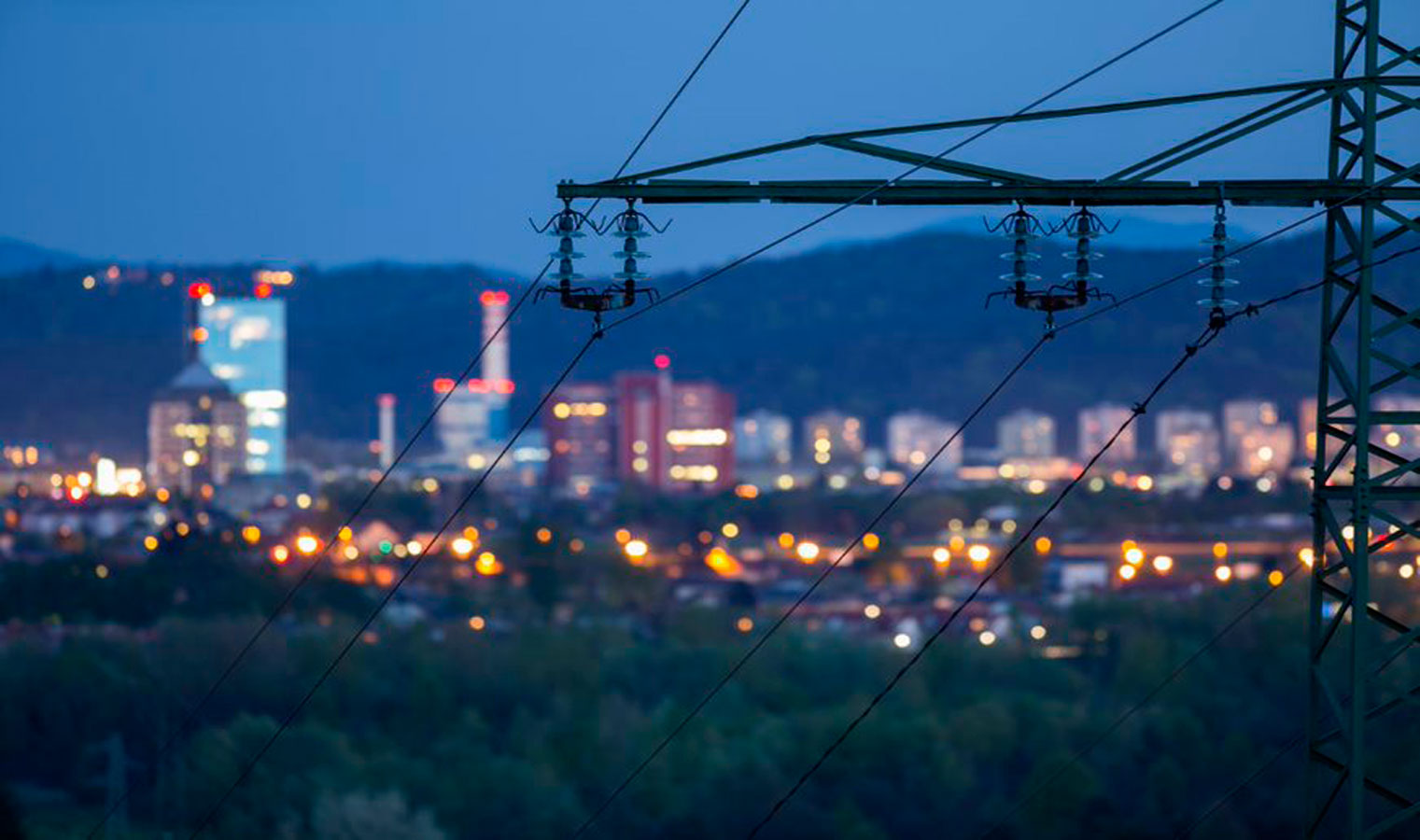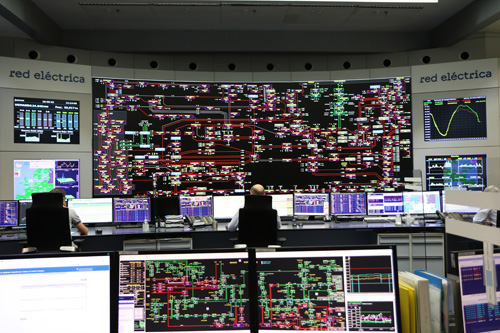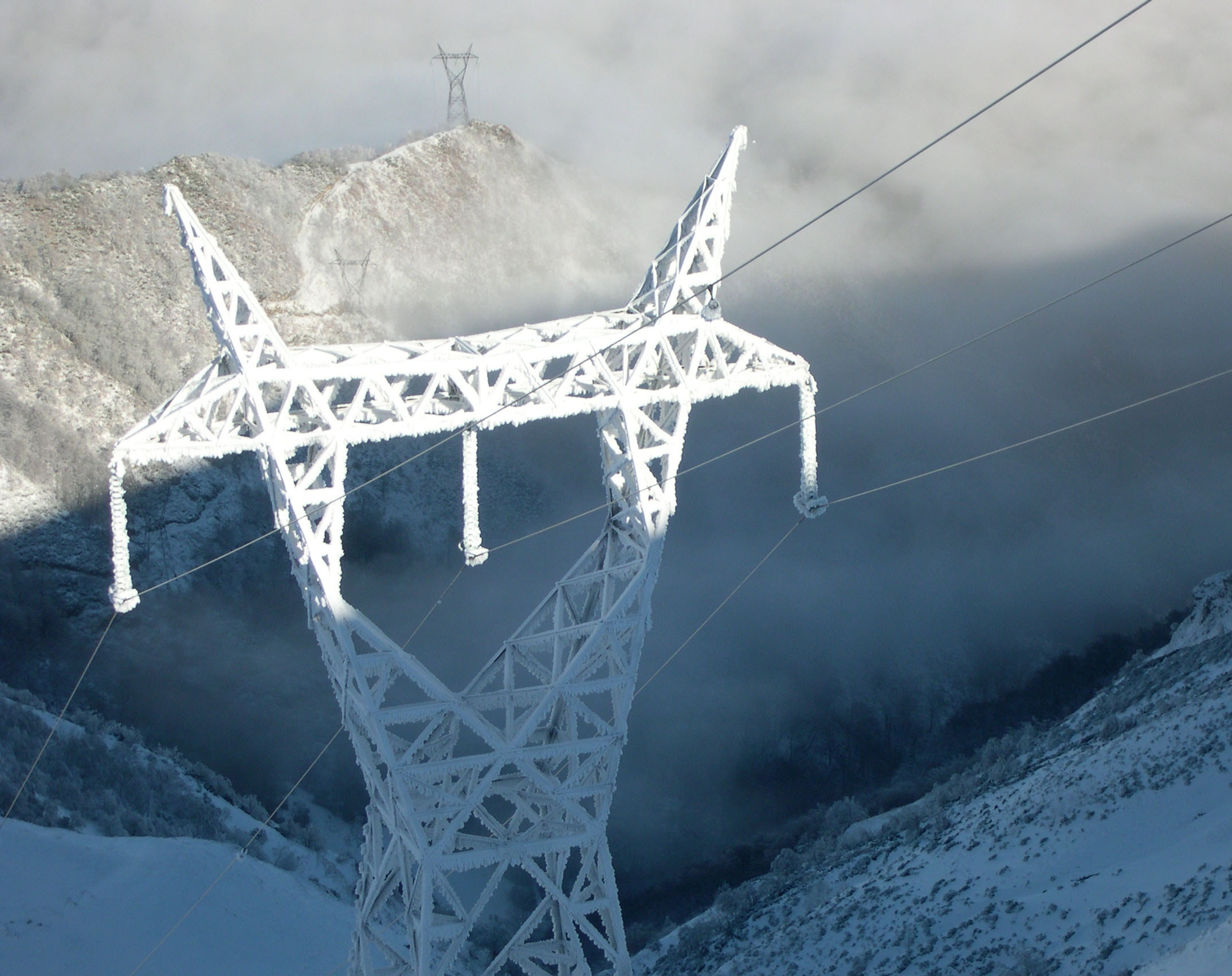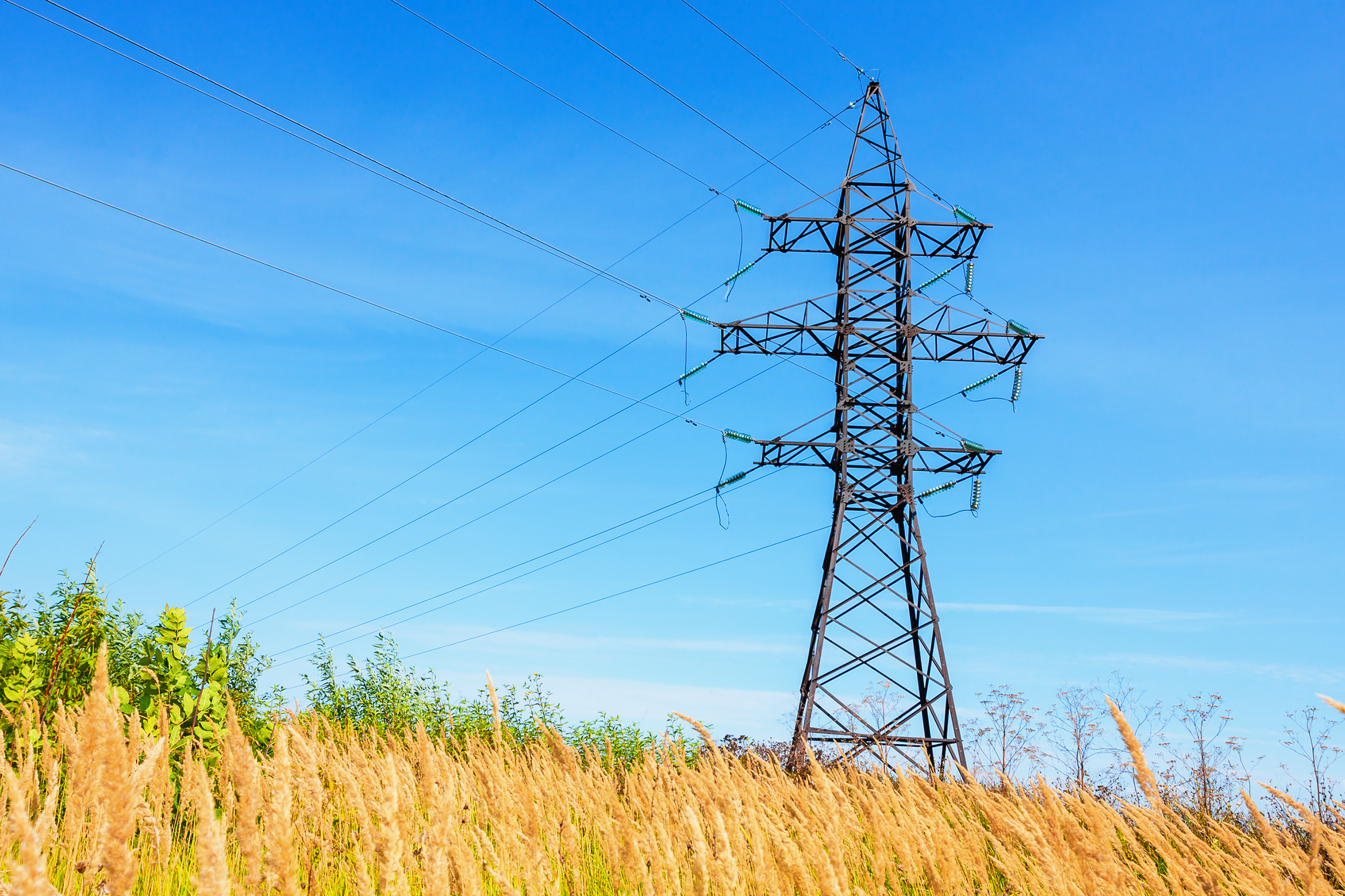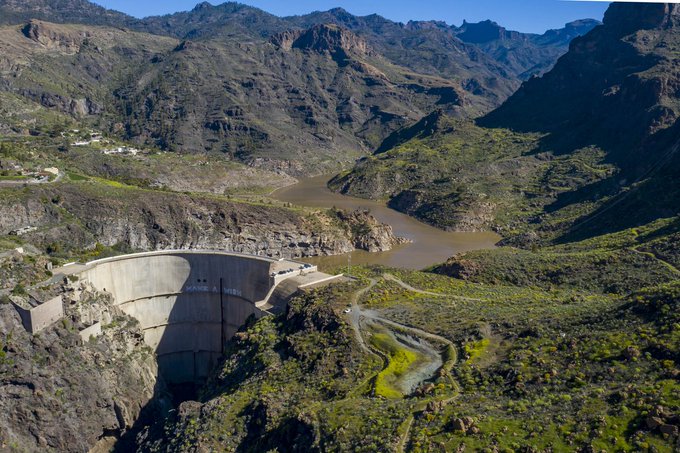For 40 years, we've been driving our country's economic and social progress. Four decades shaping Spain.
Wind and solar photovoltaic electricity generation break records in Spain in 2022
- Solar photovoltaic energy increases 33% and becomes the fourth largest technology in Spain's electricity generation mix
- In 2022, after having factored in the influence of seasonal and working patterns, national electricity demand falls by 3.1%
Spain continues to demonstrate its renewable energy potential. Forecasts indicate that wind and solar photovoltaic energy technologies could close the year by breaking their own generation records. Specifically, wind power is expected to exceed 61,000 GWh, which would be around 1% more than the figure recorded in 2021. For its part, solar photovoltaic will most likely close 2022 with a production figure which is 33% higher than that of last year (close to 28,000 GWh).
Photovoltaic (solar panels) should thus become the fourth source of energy in the generation mix for the first time ever (accounting for 10% of the total mix). This data has been deduced from Red Eléctrica's year-end forecast, which provides an initial estimation of the Spanish electricity system’s key performance indicators based on preliminary data as at December 20.
For Beatriz Corredor, Chairwoman of Redeia, Red Eléctrica's parent company, "this evolution of wind and solar photovoltaic energy strengthens Spain's position as one of the European Union's renewable energy powerhouses. The commitment to the green transition is the only possible path for a strong and autonomous 'electricity' union".
Forecasts estimate that wind power will close the year as the leading renewable technology. Specifically, it will most likely account for nearly 22.1% of the entire generation mix, behind combined cycle (24.8%) and ahead of nuclear (20.2%). In total, renewable energy would represent 42.1% of the country's electricity production in a year marked by a sharp decline in hydroelectric power generation. In fact, hydropower production is 39.7% less than in 2021 and has moved into sixth position in the generation mix.
The data indicates that total electricity production in Spain could be more than 276,000 GWh, 6.5% more than in 2021. Nonetheless, greenhouse gas emissions are expected to be around 44.7 million tCO2 eq., and the share of zero-carbon energy generation is estimated to reach 63.1% of the total.
More than 58% of the installed power nationwide is already renewable
In 2022, according to data available at the time of this press release, the Spanish power generation fleet, could end the year with more than 117 GW of installed power capacity, 3.8% higher than that recorded in 2021. Spain has increased its renewable energy capacity by 4.6 GW this year, specifically 1.2 GW in wind power and 3.4 GW in solar photovoltaic power. The technology that has increased the most this year is solar photovoltaic which has already managed to overtake hydroelectric power, currently in third position in the ranking of sources with the most installed power capacity: accounting for almost 16% of the total. Installed renewable capacity currently accounts for more than 58% of the total power generation fleet nationwide.
In 2022, the presence of polluting technologies has continued to decrease, mainly coal, which this year has reduced its installed power capacity by 300 MW.
National demand falls by 3%.
For its part, the electricity demand of the Spanish electricity system is estimated at more than 250,000 GWh, 2.2% lower than in 2021. After having factored in the influence of seasonal and working patterns, the variation in national electricity demand would be 3.1% lower than that registered last year.
According to data available at the time of this press release, the maximum demand in the peninsular electricity system was recorded on 14 July 2022 at 2:19 pm when it registered a consumption of 38,284 MW. This is the first time in 5 years that the annual peak demand has been logged in summer. In 2021, the peak occurred during Storm Filomena with a demand of 42,225 MW.
2022, a year with exporter balance
With regard to cross-border physical energy exchanges, looking at this year as a whole, the Spanish electricity system will break the trend of the last six years when the country registered an overall importer balance. Specifically, cross-border energy trading is expected to close 2022 with an export balance estimated at more than 20,000 GWh according to the data forecasted for the year. The change in trend is due to the increase, during 2022, of exports in energy exchanges, mainly with France and Portugal.
Downloads


